www.normanallan.com
Norman
Allan www.normanallan.com | ||||
Burdock root tea, infusion, using the fresh root, for detox
Burdock | named for the burrs, and the similarity to dock, as in yellow dock,which is so common in England, Rumex, another powerful hepatic (liver tonic) Arctium
minor (Common Burdock) |  |
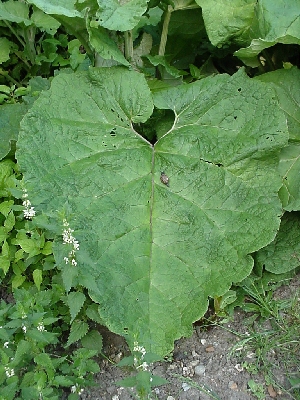 | Burdock
makes The
fresh root tea tastes like an elixir of life! It is a an hepatic (a liver tonic and cholagogue - stimulates the release of bile), a lymphatic, an anti-cancer agent (the primary ingrediant in Essiac, for example) | 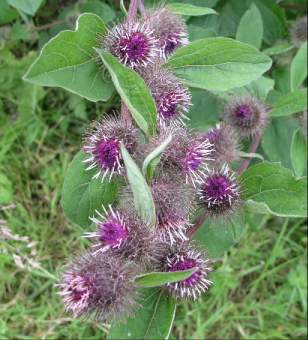 |
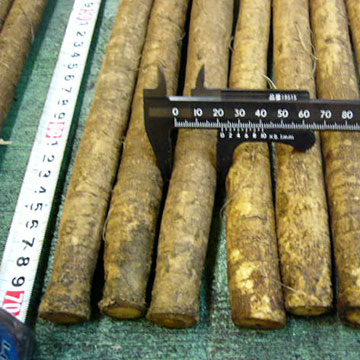 | a
wonderful method an
even better, simpler way: Cut
off about a 2 inch segment of the root. Slice it in half (or possibly quarters).
Cover with water (2 to 6 cups, half a pint, half a liter - approximately).
Bring to a boil, then let it steep. | caveats warnings conditions if you are drinking burdock particularly if you ail you should see a doctor or herbalist. anyone could be allergic to anything and as Dr. Duckworth says anything can cause anything |
The
simpler
way to make the tea is to grate it into a cup and add boiling water - however, when grated it oxidizes (turns brown) really quickly, and you don't get that amazing blue elixar, but its really simple to brew thus... (slice slice slice) | ||
| you can find Burdock root amongst the produce in some health food stores, in some Korean (and Japanese) store where it is known as Gobo Or
you can harvest the root of this common plant, which takes much digging. You need to, either, harvest the first year plant in the autumn or the second year plant in the spring, when the root is "ripest". (Through the second year, while flowering and going to seed, it becomes depleted.) | Judith
writes that To
detox we stimulate Burdock
is a hepatic
|
I
think Burdock makes wonderful tea, | ||
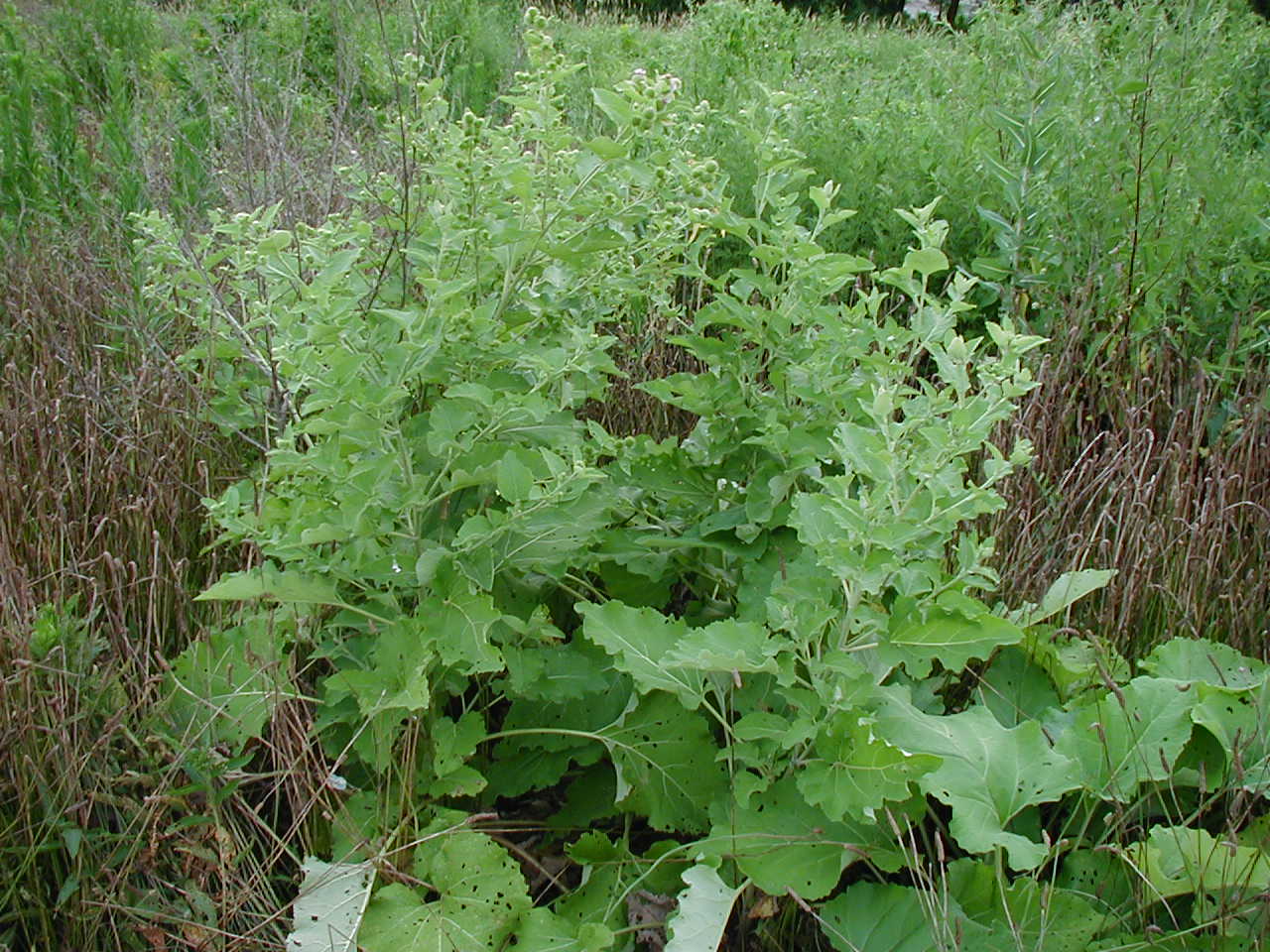 | ||
Burdock
is to push Note: Burdock stimulates the liver, pushes its functions (as in detox, as in bile). It does not protect or repair the liver! So it is not for liver disease (indeed probably counterindicated). For that use milk thistle. | 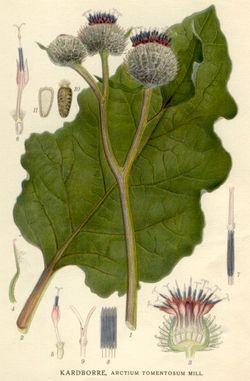 as usual wikipedia has a wicked article on Burdock | |
"Caution;
burdock root interferes with iron absorption when taken internally. Because of
its diuretic actions, burdock should not be taken during pregnancy or lactation.
Burdock has been shown to interact with hypoglycaemic drugs, anti-inflammatory
medications and lithium therapy, when taken internally."
| However, | I
read that it
was when my sources
my other two sources have gone belly up |
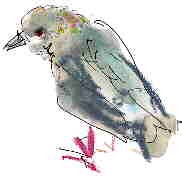 Home | ||